
Armadillo
Armadillo
Armadillo
Translates to speaking of armadillos, they are animals that have an image of curling up their bodies to protect themselves. They endure attacks by curling up without counterattacking even if they are attacked by enemies. They have a lovely appearance, so you feel like protecting them. The fact is that armadillos can be bred as pets. You will be captivated when you see them walking around in detail with small legs. Let's explore armadillos in detail!
Armadillo Basic Infomation
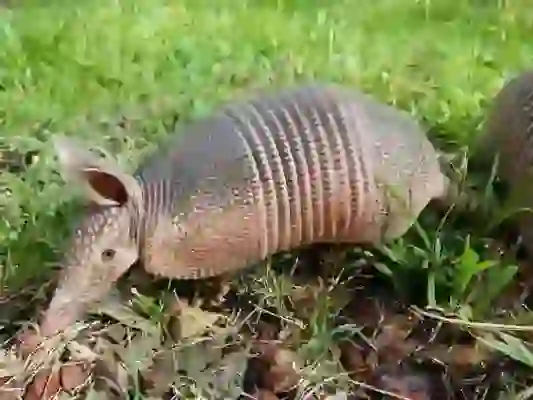
Mammalia-Xenarthra-Cingulata-Chlamyphoridae. The largest species giant armadillo length:approximately75~100㎝ tail:approximately40㎝ weight:approximately40~60kg.
Smallest species pink fairy armadillo length:approximately10~15㎝ tail:approximately3㎝ weight:approximately80~100g. Armadillos live in temperate and warm habitats, including rain forests, grasslands, and semi-deserts. Armadillos in the wild basically act alone. However, armadillos kept in zoos tend to form herds. However, if you form a group and act in the wild, it will be difficult to secure food for everyone. I really want to act in a group, but maybe I'm acting alone on purpose. Armadillos are nocturnal, so during the day they live in holes, which are their dwellings. The dwelling place was dug by the armadillo himself using the claws of his front paws. Armadillos sleep in the hole for about 16~18 hours. You spend a lot of time sleeping.
Armadillos don't stay in one place for long, they dig new holes and move in at a pace of one every two days. They move at a fairly fast pace, so there are likely to be many holes in the places where armadillos live.
So what happens to the empty hole when the armadillo is gone?
In fact, it is reused as a habitat for other animals. The holes dug by giant armadillos are particularly large, so it is easy for various animals to enter. In fact, we have even been surveyed to find out what kind of animals live as a home. In the study, the animals that reused the holes were.
・Other types of armadillos ・Coati ・Ocelot ・Tortoise ・Short-eared dog ・Bush dog ・Southern tamandua ・Red-legged seriema ・Crab-eating fox ・Agouti ・Tayra
Next, we will tell you about the breeding of armadillos. The breeding time is not fixed, but they spend 60~70 days gestational time and give birth to children. Most types of armadillos give birth to about 1~3 animals in one birth.
However, only the "nine-banded armadillo" is determined to give birth to identical quadruplets in every birth. It seems that it is difficult to take care of the quadruplets every time.
There are still few people who keep armadillos. This is because there are few shops that handle them and they are expensive creatures. The selling price is about 300,000 to 450,000 yen.
However, because there are few people who keep them, there is a sense of specialness. Armadillos are surprisingly friendly and have a high adaptability to the environment. Once you know their cuteness, you will want to make them part of your family! They are such attractive animals. Let’s find out what is needed to keep armadillos.
・Southern three-banded armadillo ・Nine-banded armadillo ・Big hairy armadillo ・Six-banded armadillo
Armadillos require three things: animal protein, raw food, and vegetable protein. I will explain in detail what kind of food each is. 【Animal proteins】 ・Cat food ・Dog food ・Ferret food
【Raw food】 ・Millworm ・Crickets
【Vegetable proteins】 ・Fruits ・Vegetables, etc.
If you give them the same food, their nutrition will be unbalanced. By feeding various types of food, you can get various nutrients. Consider the health of your armadillo and prepare a well-balanced diet.
・Breeding case Different types of armadillos have differences in body size. Choose a spacious cage for the armadillo you are keeping.
・Dishes of food and water Be sure to put food in a plate. If you give it directly by hand, it may be mistaken for food and bitten. ・Flooring Armadillos have a habit of digging holes, so choose a flooring material that you can dig. Digging a hole can also relieve stress. ・Heater Armadillos are animals that do not regulate their body temperature well and are vulnerable to cold. In winter, please turn on a heater to warm it. ・Thermometer Be sure to check the thermometer so that you can keep the temperature constant. ・Pet seats When you take them for a walk in your room, it is recommended to lay a sheet on the floor. Armadillos have sharp claws on their front paws, which can damage the floor. Also, since you will pee to claim your territory, laying a sheet will make cleaning easier.
①Take good control of your weight. Armadillos have a tendency to gain weight. Wild armadillos do not gain weight because they dig holes and search for food. However, armadillos kept in captivity move their bodies less. If they do not exercise moderately, they will become obese, so consider measures such as taking a walk in the room. ②Find a veterinary clinic specializing in exotic animals in advance. Pets as rare as armadillos are difficult to have them checked at regular dog or cat animal hospitals. Therefore, let’s look for an animal hospital that specializes in exotic animals. Since the number of specialized hospitals is small, it is reassuring to check before starting to keep them. ③Try to cut your nails when they grow. In the case of wild armadillos, their nails are not extended because they are naturally trimmed while digging holes. However, the nails of armadillos kept in captivity may not be naturally trimmed. If left as it is, the nails may curl up and injure the armadillo’s own hand. Therefore, it is necessary to cut the nails regularly. It is okay for the owner to cut them, or if it seems difficult, you can ask an animal hospital. ④The size changes depending on the type of armadillo, so let's check. "What types of armadillos can be bred?" We have introduced 4 types in. Each of the four types has a difference in body size. For example, let's compare the southern three-banded armadillo with the nine-banded armadillo.
There is a disease called “Hansen’s disease” that only humans and armadillos can be infected with. The cause of the disease is a bacterium called “mycobacterium leprae”. It used to be a feared disease, but it can now be completely cured with modern medicine.
The infection route is through droplet infection or contact infection. Even if you are infected with mycobacterium lepraes, it does not always develop because the bacterium is weak. However, after touching an armadillo, be sure to wash your hands thoroughly for prevention.
Armadillo Q&A

Unusual pets that can be bred.
There are still few people who keep armadillos. This is because there are few shops that handle them and they are expensive creatures. The selling price is about 300,000 to 450,000 yen.
However, because there are few people who keep them, there is a sense of specialness. Armadillos are surprisingly friendly and have a high adaptability to the environment. Once you know their cuteness, you will want to make them part of your family! They are such attractive animals. Let’s find out what is needed to keep armadillos.

What types of armadillos can be bred?
・Southern three-banded armadillo ・Nine-banded armadillo ・Big hairy armadillo ・Six-banded armadillo
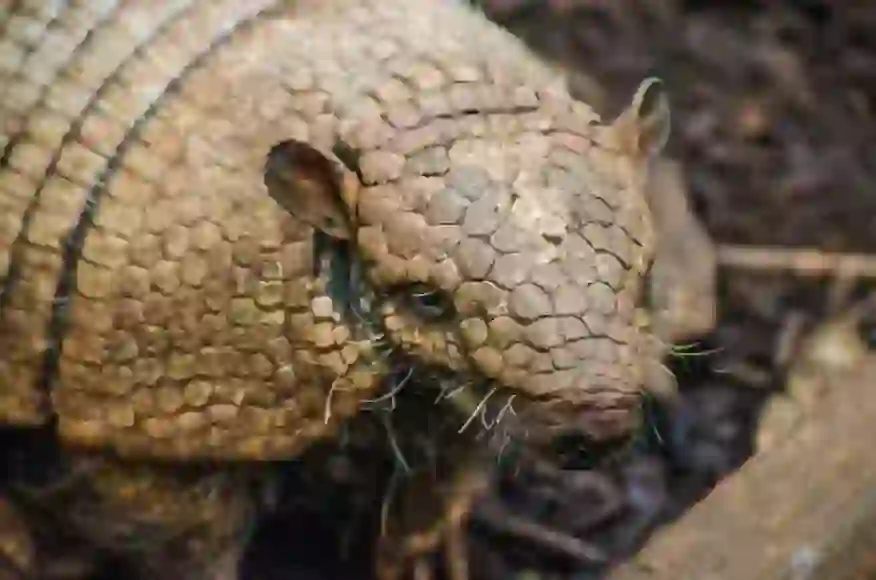
What should I feed them?
Armadillos require three things: animal protein, raw food, and vegetable protein. I will explain in detail what kind of food each is. 【Animal proteins】 ・Cat food ・Dog food ・Ferret food
【Raw food】 ・Millworm ・Crickets
【Vegetable proteins】 ・Fruits ・Vegetables, etc.
If you give them the same food, their nutrition will be unbalanced. By feeding various types of food, you can get various nutrients. Consider the health of your armadillo and prepare a well-balanced diet.
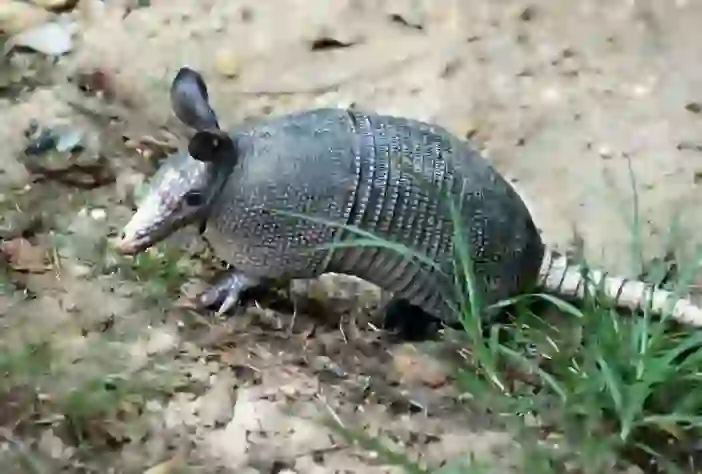
About the breeding environment.
・Breeding case Different types of armadillos have differences in body size. Choose a spacious cage for the armadillo you are keeping.
・Dishes of food and water Be sure to put food in a plate. If you give it directly by hand, it may be mistaken for food and bitten. ・Flooring Armadillos have a habit of digging holes, so choose a flooring material that you can dig. Digging a hole can also relieve stress. ・Heater Armadillos are animals that do not regulate their body temperature well and are vulnerable to cold. In winter, please turn on a heater to warm it. ・Thermometer Be sure to check the thermometer so that you can keep the temperature constant. ・Pet seats When you take them for a walk in your room, it is recommended to lay a sheet on the floor. Armadillos have sharp claws on their front paws, which can damage the floor. Also, since you will pee to claim your territory, laying a sheet will make cleaning easier.
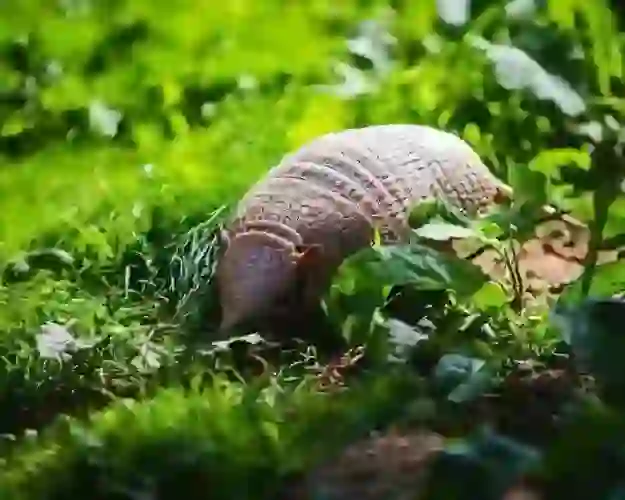
There are 5 points to keep in mind when breeding.
①Take good control of your weight. Armadillos have a tendency to gain weight. Wild armadillos do not gain weight because they dig holes and search for food. However, armadillos kept in captivity move their bodies less. If they do not exercise moderately, they will become obese, so consider measures such as taking a walk in the room. ②Find a veterinary clinic specializing in exotic animals in advance. Pets as rare as armadillos are difficult to have them checked at regular dog or cat animal hospitals. Therefore, let’s look for an animal hospital that specializes in exotic animals. Since the number of specialized hospitals is small, it is reassuring to check before starting to keep them. ③Try to cut your nails when they grow. In the case of wild armadillos, their nails are not extended because they are naturally trimmed while digging holes. However, the nails of armadillos kept in captivity may not be naturally trimmed. If left as it is, the nails may curl up and injure the armadillo’s own hand. Therefore, it is necessary to cut the nails regularly. It is okay for the owner to cut them, or if it seems difficult, you can ask an animal hospital. ④The size changes depending on the type of armadillo, so let's check. "What types of armadillos can be bred?" We have introduced 4 types in. Each of the four types has a difference in body size. For example, let's compare the southern three-banded armadillo with the nine-banded armadillo.
There is a disease called “Hansen’s disease” that only humans and armadillos can be infected with. The cause of the disease is a bacterium called “mycobacterium leprae”. It used to be a feared disease, but it can now be completely cured with modern medicine.
The infection route is through droplet infection or contact infection. Even if you are infected with mycobacterium lepraes, it does not always develop because the bacterium is weak. However, after touching an armadillo, be sure to wash your hands thoroughly for prevention.
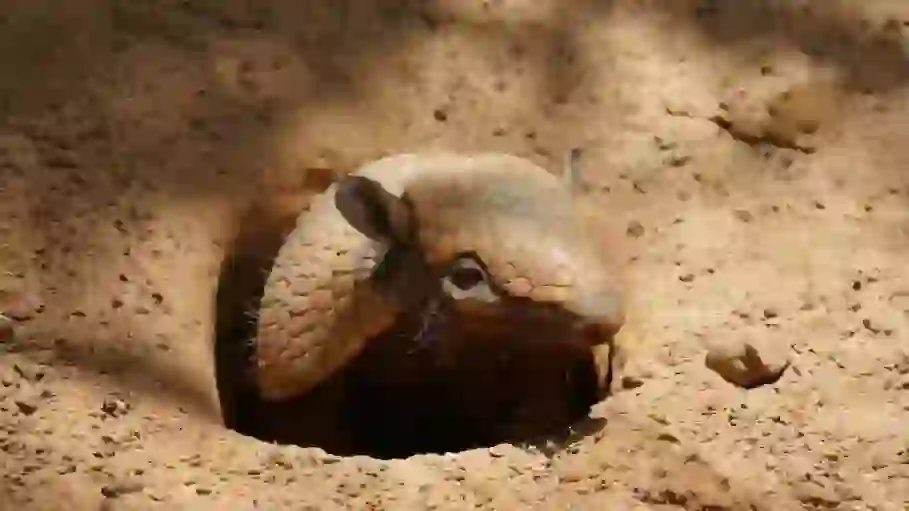
Where does the armadillo get its name?
The name armadillo comes from the Spanish word "armado". Armado means "one armed."
It was named because the scutes on the back of the armadillo look like they are wearing armor. By the way, in Japan, it is sometimes called "Yoroi rat".
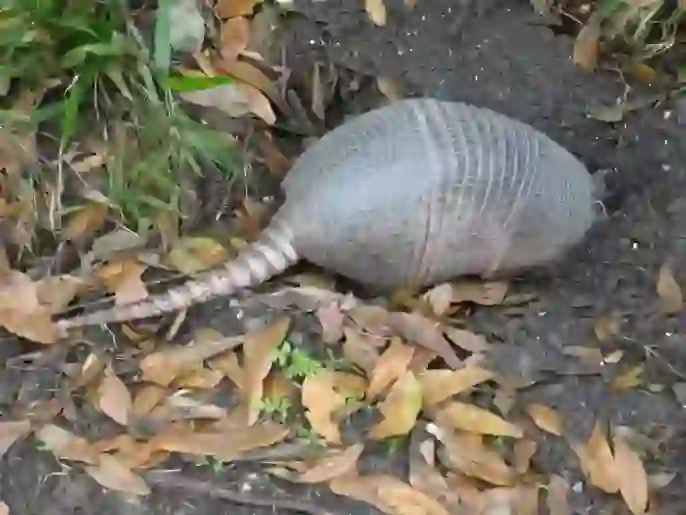
Why do armadillos live there?
Armadillo digs holes with its claws and makes a den. However, it does not stay in one place for long even if it makes a den. It digs a new hole and moves every other day. There are three roles of the den for armadillos. ①A place to sleep. Armadillos use 16-18 hours a day for sleep. It is unusual for prey animals to sleep so long. Generally, prey animals tend to have shorter sleep times because they do not know when they will be targeted by predators. The fact that armadillos can sleep for long periods of time is evidence that the inside of the hole is a safe place to stay. ②A place that keeps a certain temperature for them. Armadillos are animals that are not good at regulating their body temperature. Therefore, they regulate their body temperature using the temperature inside the hole. The inside of the hole maintains a constant temperature and is suitable for armadillos. ③A place to take refuge when attacked by enemies. Armadillos protect themselves by curling up when attacked by enemies. However, this method is a response to sudden attacks. Although the body can be protected by curling up, it cannot escape from the enemy.
Depending on the type of armadillo, there is a possibility that it will be attacked by its vulnerable belly if it is overturned. To avoid such a situation, the basic method is to take refuge in a hole. For armadillos, their habitat is important as a place to sleep, regulate body temperature, and escape.
Also, the reason why armadillos do not stay in one place for long is to avoid being caught by enemies. There are characteristics such as feces and tail marks around the hole made by armadillos. Therefore, the enemy can easily find their location. This behavior is due to the habit of armadillos and cannot be corrected. Instead, they protect themselves by moving their habitat.
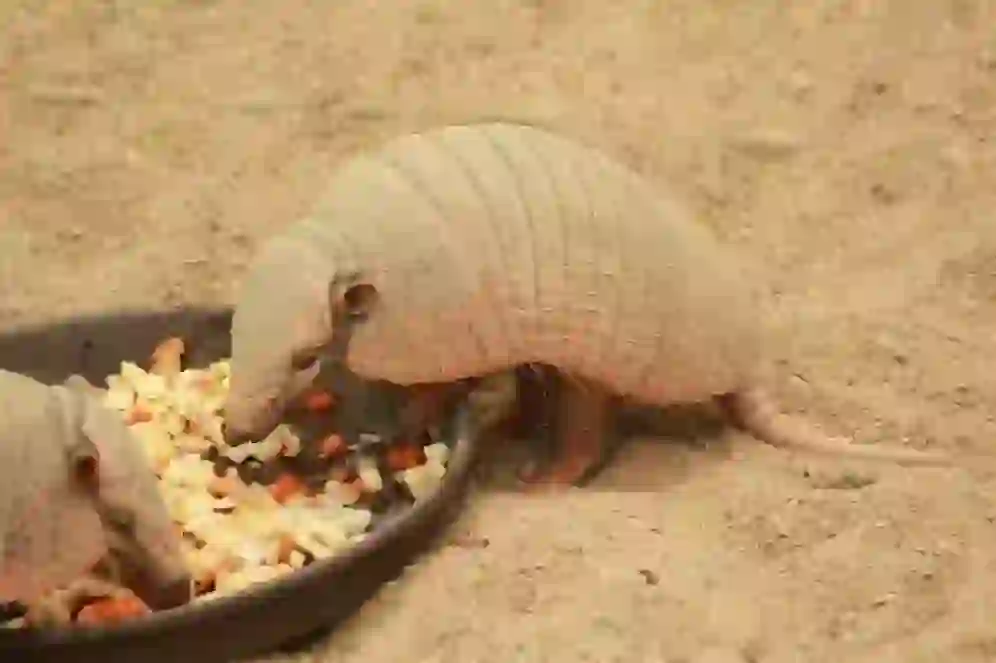
What do armadillos eat?
Armadillos have poor eyesight and have difficulty searching for food with their eyes. Instead, they have an excellent sense of smell and search for food using only their sense of smell.
Wild armadillos search for ant or termite nests and catch them with their long, sticky tongues. They eat like anteaters.
In addition, they eat insects, vertebrates, plants, fruits, etc. They also occasionally eat dead flesh. They can eat a wide variety of foods, so they don’t seem to have trouble finding food. However, it was surprising that they eat dead flesh.
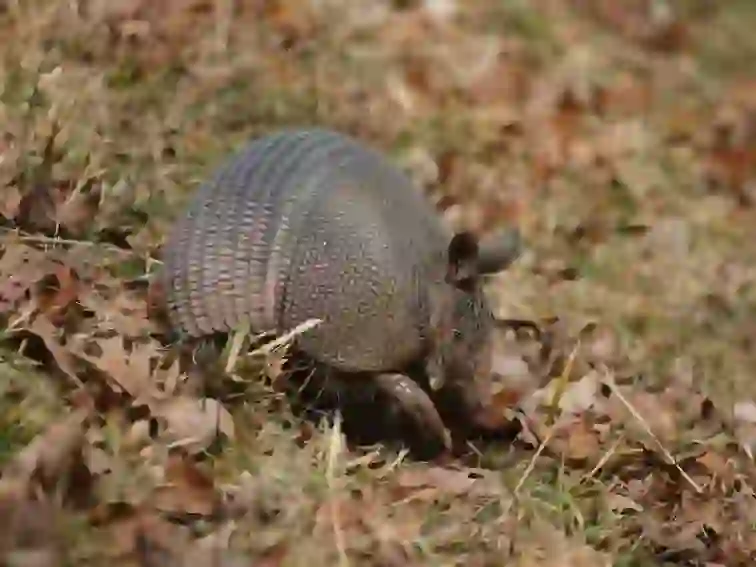
Why do armadillos curl their bodies?
The reason why armadillos curl up is to protect themselves from predators. Among the predators are animals with sharp teeth and claws. If they attack the soft parts of the body such as the belly with their weapons, it can be fatal and they can be caught. To avoid this, they curl up to hide their weaknesses and face their hard backs towards the enemy.
The back of an armadillo is made so hard that it is not injured even if attacked by sharp teeth or claws. We have learned that this is a behavior to protect oneself.

Can all types of armadillos curl up?
When it comes to armadillos, I think they are animals that curl up like balls. However, not all species can curl up neatly like a ball. There are about 20 species of armadillos, but only the following two can become ball-shaped.
・Southern three-banded armadillo ・Brazilian three-banded armadillo
The other 18 species cannot curl up completely. Therefore, when attacked by an enemy, they protect themselves by retracting their arms and legs.
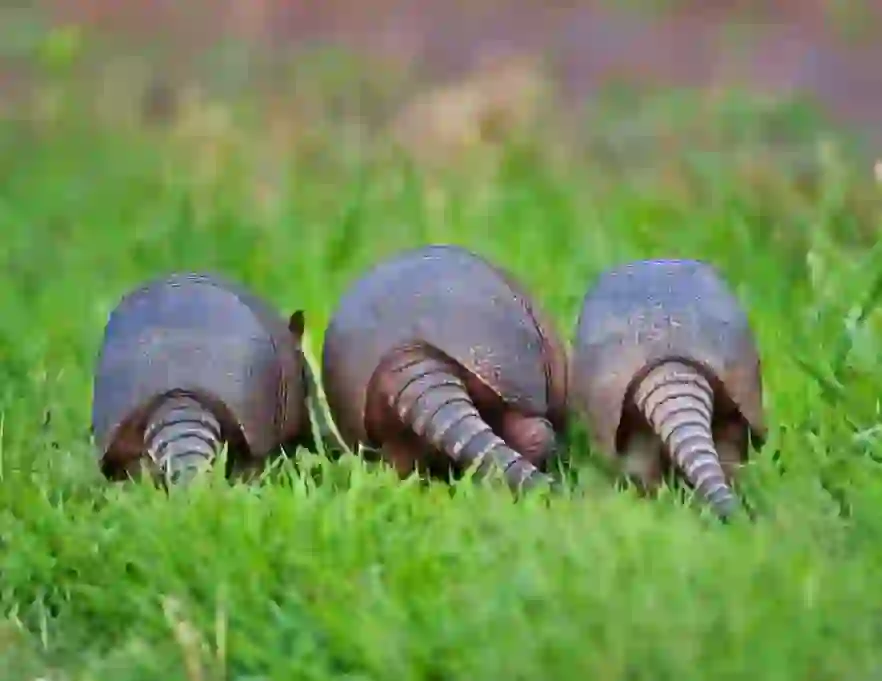
What are armadillo scutes made of?
The hard back of an armadillo is called a scute. The scute is made by the transformation of body hair into scales. It’s quite hard, so it’s surprising that it’s made of body hair.
Armadillos are not born with hard scutes. They change and become harder as they grow. When they are young, they are soft and cannot protect themselves and are attacked by enemies.
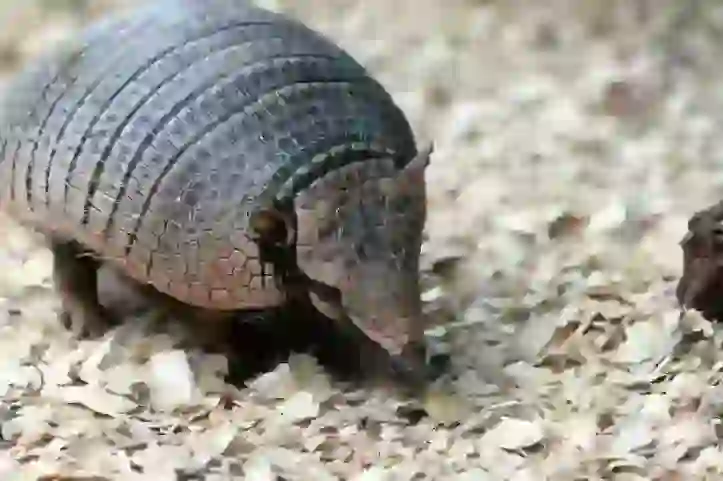
Is it true that armadillo scutes bounce off bullets?
It's true.
To convey the hardness of armadillos, let me introduce an incident that actually happened in the United States. In some parts of the United States, armadillos are recognized as vermins. The reason is that they damage farmland. Being designated as a vermin means that they are also a target for extermination.
In 2015, an armadillo appeared near a man’s house. The man tried to exterminate it with a handgun. The bullet did hit the armadillo, but it bounced off its hard back. The bullet that bounced off hit the man’s family and injured them. The armadillo did not penetrate the bullet, but it seems to have died from the impact on its body.
As a result of this incident, it has been noted that bullets bounce back dangerously with ordinary handguns. Since then, it has been recommended to use a shotgun when exterminating armadillos. It’s surprising how strong they are to bounce back bullets.
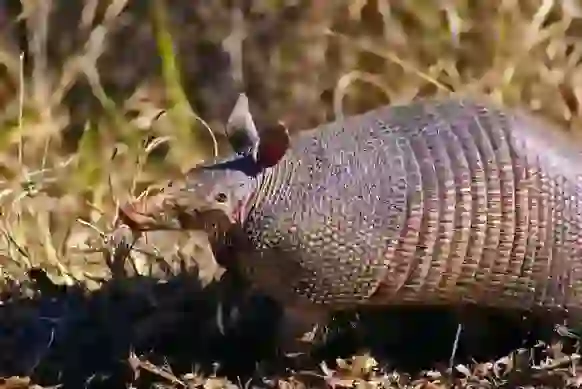
What kind of animals are the natural enemies of armadillos?
Armadillo’s natural enemies include carnivorous animals such as jaguars, bush dogs, pumas, and wolves.
However, we can also consider that the greatest enemy is “humans”. This is because humans poach and exterminate armadillos. There are three purposes for poaching armadillos.
①Poached for food. There are countries where armadillos are still eaten as food.
②Poached for taxidermy. Perhaps it was targeted because it has a rare body shape. ③Poached for scutes. Armadillo scutes are also used to make musical instruments. The instrument is called “charango” and is used in the Andes region of South America.
The reason for exterminating armadillos is that they have damaged farmland in some areas. Therefore, they are recognized as “vermins” and killed by human hands.
As a result of human actions, the number of some armadillos has decreased dramatically. Some species are approaching endangered status. Once extinct, they cannot be revived. We must not forget the importance of life, not just profit.

Is it true that there are armadillos with good motor skills?
It's true.
Among the 20 species of armadillos, the “nine-banded armadillo” has good motor skills. Specifically, it can jump and swim.The body of an armadillo is heavy because it has scutes. Therefore, it is thought that it cannot jump or swim.
How much ability does the nine-banded armadillo actually have? It can jump vertically about 1 meter. When swimming, it can float like a swimming float by filling its intestines with air. By floating, it can swim across the river.
In addition, it can also dive. It can stay underwater for a long time, so there is a way to walk across the riverbed. It had such an ability that changed the image of armadillos.

Would you like to become a part of the 'Animalbook.jp'?
Turn your knowledge into Q&A and share it with the world. ※Publication will be activated after purchase. Let's share information together!
Armadillo Type of List
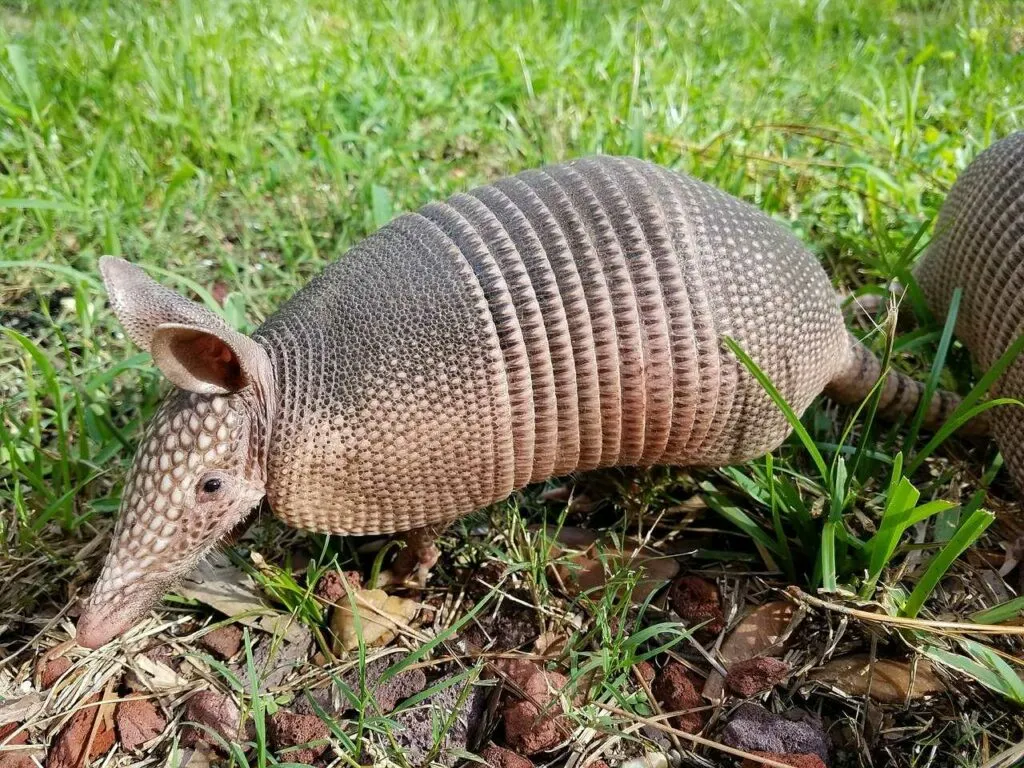
Dasypodidae 【Southern naked-tailed armadillo genus】 ・Northern Naked-Aailed armadillo ・Chacoan Naked-Tailed Armadillo ・Greater Naked-Tailed Armadillo ・Southern Naked-Tailed Armadillo 【Screaming hairy armadillo genus】 ・Andean Hairy Armadillo ・Screaming Aairy Armadillo ・Big Hairy Armadillo 【Pink fairy armadillo genus】 ・Greater Hairy Armadillo ・Pink Fairy Armadillo 【Nine-banded armadillo genus】 ・Southern Long-Nosed Armadillo ・Greater Long-Nosed Armadillo ・Nine-Banded Armadillo ・Hairy Long-Nosed Armadillo ・Llanos Long-Nosed Armadillo ・Seven-Banded Armadillo 【Six-banded armadillo genus】 ・Six-Banded Armadillo 【Giant armadillo genus】 ・Giant Armadillo 【Brazilian three-banded armadillo genus】 ・Southern Three-Banded Armadillo ・Brazilian Three-Banded Armadillo 【Dwarf armadillo genus】 ・Dwarf Armadillo
Information
Congratulations! You are the first commenter!

Create Your Favorite List!
Armadillo
Save the animals you love! Build your own list to quickly revisit your favorites later.

Would you like to leave a comment?
※Please note: This is for the purchase of rights to post comments within the article.
Find Your Favorites!
Our shop offers a unique and attractive selection of goods themed around various animals.
Armadillo References
Armadillo Introduction of media used
出典:https://www.pexels.com/ja-jp/photo/9-videode-tatu-5340061/

出典:https://pixabay.com/images/id-3620078/

出典:https://pixabay.com/images/id-5940351/
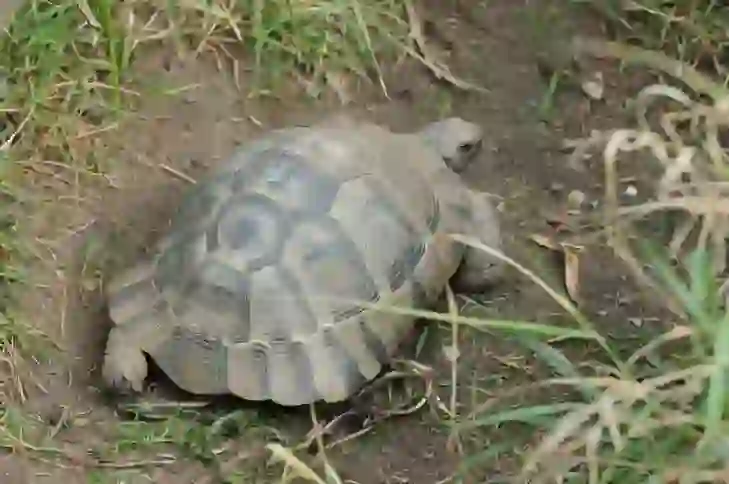
similar
出典:https://pixabay.com/images/id-506866/

出典:https://pixabay.com/images/id-2457593/

出典:https://pixabay.com/images/id-360123/

出典:https://unsplash.com/photos/H9sTbgeuosY

出典:https://pixabay.com/images/id-4217183/

出典:https://pixabay.com/images/id-2444225/

出典:https://pixabay.com/images/id-17446/

出典:https://pixabay.com/images/id-4111957/

出典:https://www.pexels.com/ja-jp/photo/6867447/
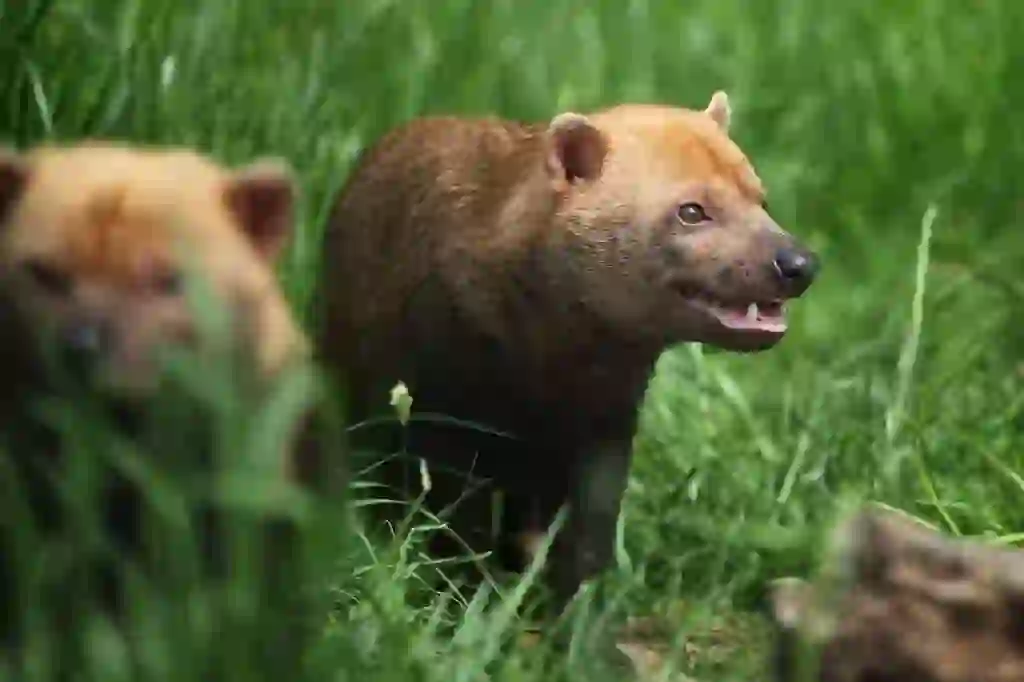
enemy
出典:https://pixabay.com/images/id-2609/
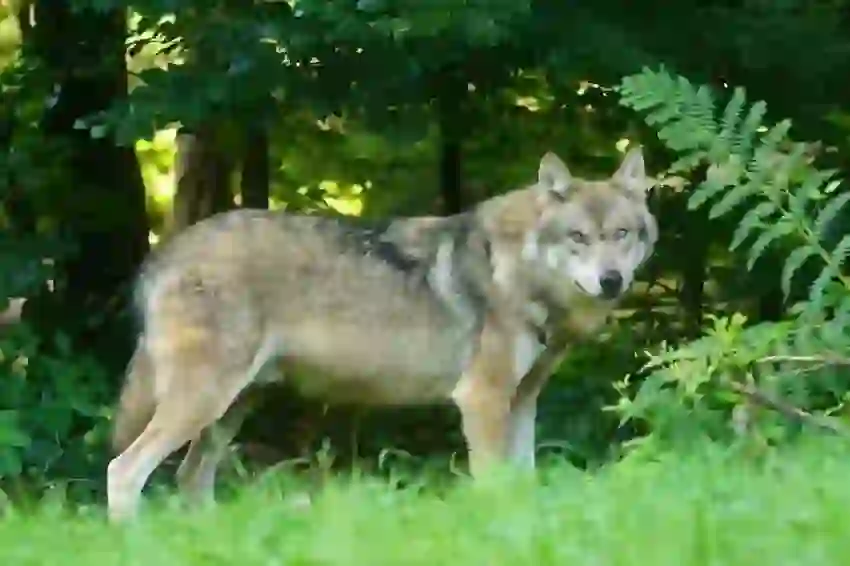
enemy
出典:https://www.pexels.com/ja-jp/photo/162256/

出典:https://pixabay.com/images/id-3062825/

出典:https://pixabay.com/images/id-3927960/

Help Enrich Our Animalbook.jp with Your Media!
We are constantly looking to expand and enrich our Animalbook.jp with amazing photos and videos of animals. If you have any media that you'd like to share, please contribute and help us showcase the beauty and diversity of the animal kingdom. Your submissions will be credited and featured in our encyclopedia, reaching a wide audience of animal lovers.


















